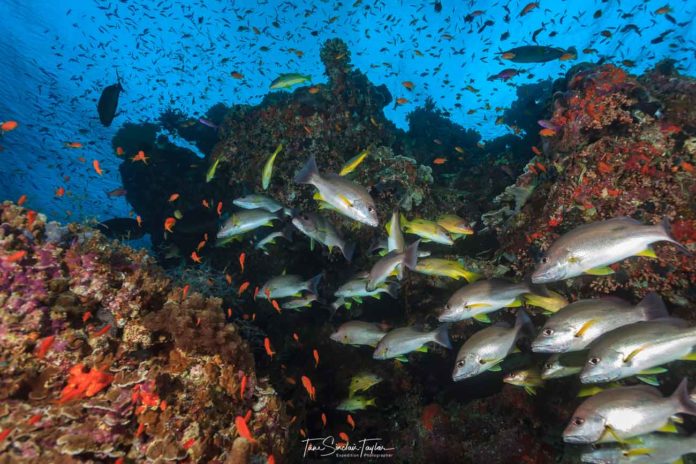How coral reefs survive as oases of life in low-productivity oceans has puzzled scientists for centuries. The answer may lie in internal nutrient cycling and/or input from the pelagic zone.
In a new study by a team of international researchers from Simon Fraser University, the University of Washington, and other institutions, scientists have uncovered that the iconic wealth of fishes on reefs is filled by an unlikely source: tiny, bottom-dwelling reef fishes. These small vertebrates perform a critical function on coral reefs that permit large reef fishes to flourish.
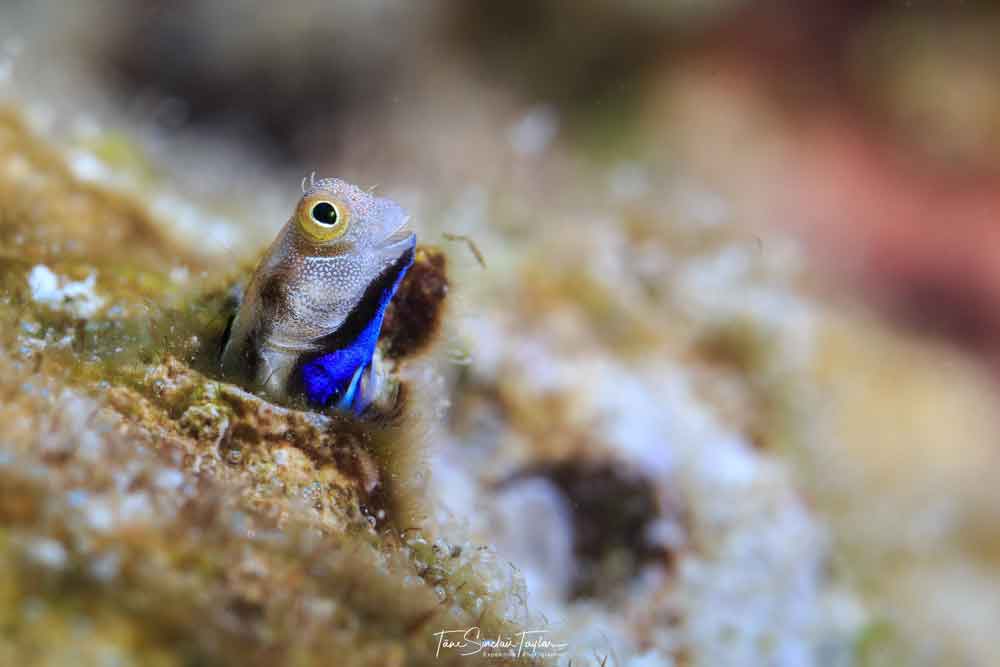
Lead author Simon Brandl, a Banting postdoctoral research fellow at Simon Fraser University in British Columbia said, “These fish are like candy. They are no more than 2 to 3 centimeters in length. They are tiny, colorful bundles of energy that get eaten almost immediately by any coral reef organism that can bite, grab or slurp them up.”
Co-author Luke Tornabene, an assistant professor at the UW School of Aquatic and Fishery Sciences said, “We were all truly excited to see how entire reef communities were being fueled by some of the smallest vertebrates on earth — including some species that live for an average of just 65 days.”
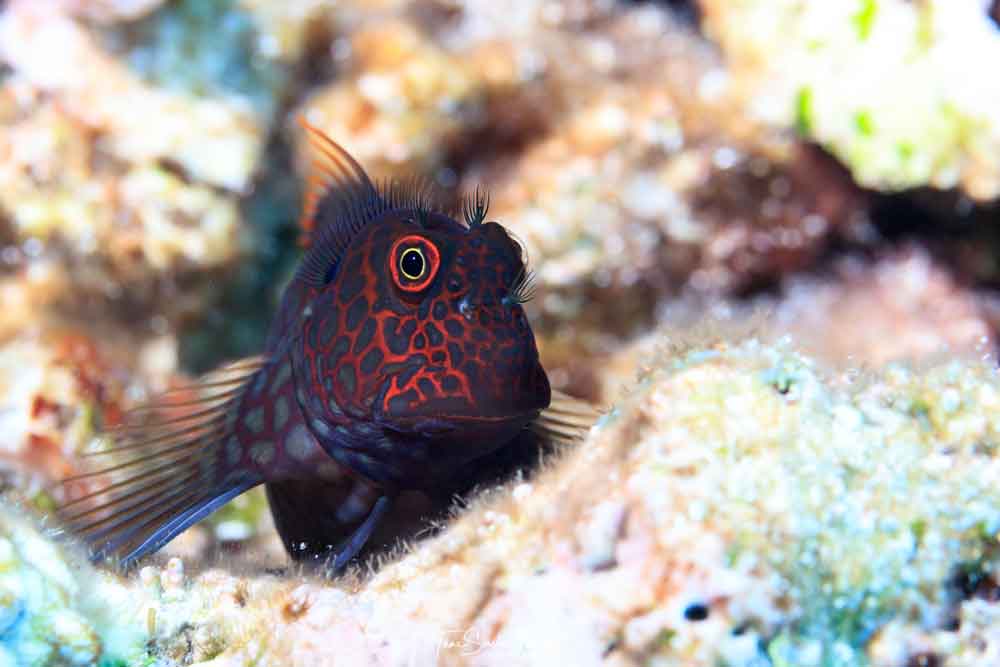
So why these fishes are not disappearing from reefs? Scientists found an answer, suggesting the larvae of reef fishes, which normally undertake epic journeys across the open ocean to find a home. Few of them survive.
In addition, the fishes avoid migration altogether. Most of the larvae appear to simply stay close to their parents’ reefs.
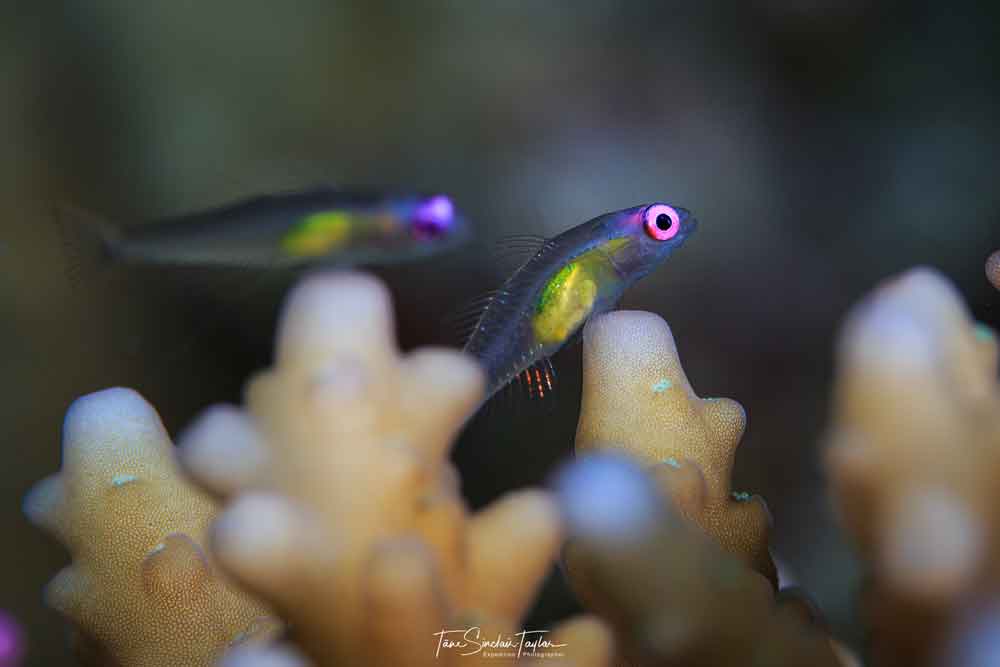
Brandl said, “Our data shows that these fish get a lot more bang for their buck with every egg they spawn, probably because they avoid the death trap of the open ocean.”
“This, in turn, supplies adult tiny fish populations with a steady stream of babies that rapidly replace each adult that is eaten on the reef. In total, these fish represent almost 60 percent of all fish tissue consumed on reefs.”
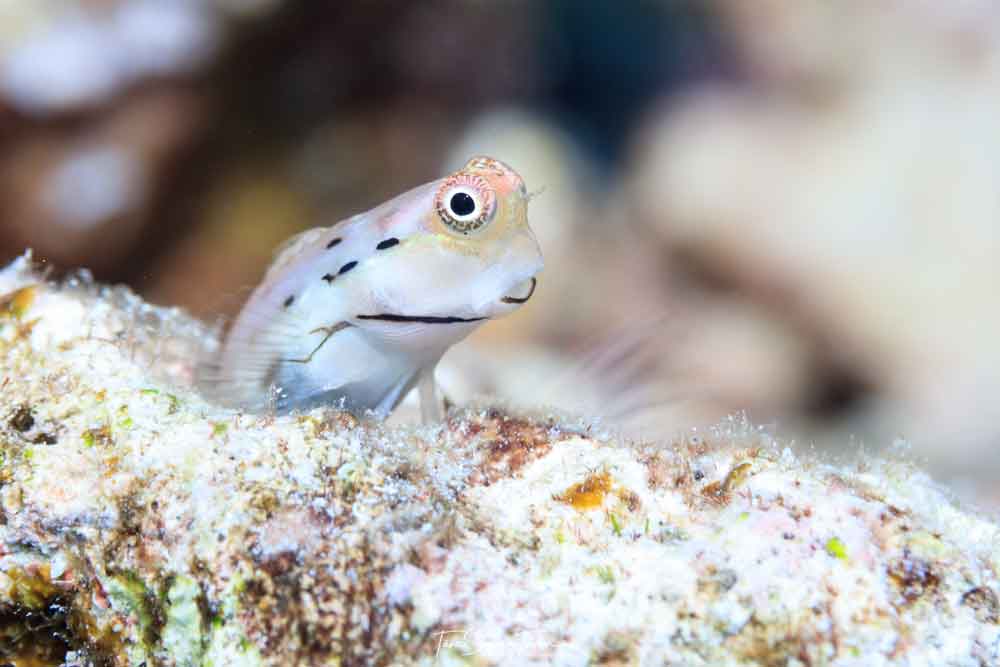
According to scientists, this pattern takes place on coral reefs everywhere around the world. As these fishes have a short lifespan, they also are good indicators of how healthy a reef environment is. Scientists noted, if the habitat starts to degrade, the fish populations will also take an almost immediate hit.
Tornabene said, “In many ways, these miniature fishes are more than just a conveyor belt of nutrients. If we keep a watchful eye on these tiny communities, they may serve as sentinels of the reef, warning us of big impending changes in the entire ecosystem.”
The study is published today in the journal Science.
